Yarn Dyeing with Blue Barn Fiber
By Michele Thymmons and Holly Madison of Blue Barn Fiber
Have you ever seen a beautiful piece of yarn and wondered how they did it? How the yarn dyer created this piece of artwork? Maybe even the story behind them honing their craft? These next two months will be all about yarn dyers, some with a lot of followers, some just starting out, but all of them creating some amazingly gorgeous, stunning yarns. Holly starts out this group with her story and some of the resources that helped her get to where she is today, making some amazing yarns!!! I have also had the privilege of obtaining some of her yarns and LOVE them!!! If you see any pictures of mine that have glow-in-the-dark yarns, they’re from Holly! But she does so many more colors too! Keep reading for some of her story :)
Holly: www.bluebarnfiber.com and www.bluebarnfiber.etsy.com
I have been an artist since I can first remember, and my whole life revolves around creating beautiful things. Painting on canvas, digital artwork, sculpture, ceramics, fiber arts, etc -- these things give me the greatest joy! I am very fortunate in that my husband and I were able to start our business Blue Barn Fiber about 5 and a half years ago during my last year in college. It has been successful enough that I can do it full time. In fact, I opted to continue working on our business rather than going into my actual major, which was Environmental Science. Though to be fair, Environmental Science comes into play with our business as well, since we love supporting eco-friendly textile options and exploring new green fiber options.
Besides loving art, I'm also the world's biggest animal lover! I lived on a ranch when I was younger (and hope to own one someday), and have volunteered at different animal rescues and zoos since I was just a child. I've worked with mountain lions, tigers, bobcats, panthers, as well as domesticated animals such as llamas, alpacas, goats, turkeys, chickens, etc. This is a love that my husband and I share, and our dream is to someday have a wool mill and animal sanctuary where we can take in rescue animals. For the time being, we just have two dogs, two cats, and two rescue parrots. I really want to add some turkeys and chickens to the mix! They make the best cuddlers! All of our animals are like children to us, and we adore them. I'm especially weird in that I don't kill any living thing if I can avoid it. I frequently stop on our walks to move a stranded earthworm out of the path or turn over a beetle stuck on its back.
When I'm not creating art or working on dyeing yarn and fiber orders for our business, I love to go hiking with my husband Dan. We live in a beautiful area in the Pacific Northwest full of mountains and trails. We are expecting our first baby next March, and we fully plan to bring the little one along as soon as we are able! I have a feeling that life will be chaotic for a bit, but this is a dream that we have had for over 11 years now, and we are both so excited to see it finally coming true!
I am very proud to say that I am 100% self taught, but that does not mean that I have not had help from various resources out there.
1) The first thing that I did when I decided that I wanted to learn how to dye my own colors was go to Dharma Trading Co and read every piece of information that I could about their dye. I also compared natural dyes vs. Commercial and came to the conclusion that many of the mordants used in natural dyeing are actually quite harmful, so I feel comfortable just using traditional acid dye and fiber reactive dye 99% of the time. The key is to let the color exhaust so you’re not washing a bunch of excess dye down the drain. Dharma has great instructions about how to use their dye, and those same instructions can pretty much be used for any Acid dye that you’re using on protein fibers like silk and wool. It's also important to read the safety information of any dye that you're working with and uses a mask as well as gloves at all times. I cook my fiber in an oven that is used separately from cooking food - a big step up from our old setup at our last house where all dyeing took place in our kitchen. I definitely recommend keeping chemicals and food separate!
2) Next, I went to various articles that I found online to compare different types of dye so I could figure out what would work best for me. Unlike most of the indie dyers out there, I dye a significant amount of cellulose fiber and yarn in addition to wool, so I had to learn a whole new type of dyeing with fiber reactive dyes. A couple of websites that were a good jumping off point for me were: http://textilelearner.blogspot.com/2011/07/dyeing-process-different-types-of-dye_1720.html and http://www.pburch.net/dyeing/FAQ/typesofdyes.shtml. There are also countless scientific journals out there talking about the more technical aspects of different types of dye. Science nerd that I am, I love reading things like that. It's been years and I don't remember the specific journals that I read anymore, but I definitely encourage you to explore if you are interested! Google Scholar is the perfect place to start searching for the super tech-friendly articles about fiber and dye.
3) I took 4 full years of chemistry in college, so I can comfortably say that my scientific understanding of the way that dye molecules actually bond to fiber is really helpful when I'm trying out new color techniques. A lot of people don't understand that certain soaps and high heat can actually break the fragile dye bond between molecule and fiber and cause fiber to bleed, so it's super important to read the care instructions when working with things that have not been commercially pressure dyed. For me, the educational resource was North Idaho College and University of Idaho, but any college level chemistry and science class is a great start if you want to learn more about how molecules interact with each other.
4) Social media channels like Facebook, Instagram, and Youtube are also fantastic resources for exploring your own creativity and figuring out what your own personal style is. The first time I ever saw art yarn was via Youtube in a view from Wool Wench. She was spinning coils and it mesmerized me. I joined many groups on facebook for spinners and art yarn, and took a great deal of inspiration from other artists all around the world while finding my own unique twist on things. Just like with dyeing, I found that it was best to teach myself how to spin yarn through trial and error, and by watching others do it online across various sites. Once you start exploring, it's like going down the rabbit hole!
5) I found a very important lesson as I tried and failed at new techniques: There is no better teacher than your own experience, and the mistakes that you make along the way are incredibly important in shaping you into the dyer or artist that you want to ultimately be. I also learned that you can break the rules once you know them. I don’t follow any specific rules or instructions to a T, but I know what I can and cannot get away with. It's not necessary to pay hundreds of dollars to have someone tell you exactly what to do. Instead, I recommend jumping in and exploring for yourself! You'll learn a lot more and have greater success if you figure things out on your own. Some of my favorite colorways were accidents where I grabbed the wrong color or accidentally splashed dye in the wrong place and was forced to over-dye it the yarn.
6) While not technically a resource, I do find that having a proper work space is vital to being able to work properly. Our business has taken over our lives as well as our home, but in a wonderful way. We bought a house last year, and converted the entire bottom floor into work space. The two bedrooms and living room are all full of inventory and wall to floor shelving and tables for order prep, and the laundry room has been converted into its own laundry/dye room. I use an oven to dye the yarn and fiber, and I have shelving that holds hundreds of jars of dye next to a utility sink. I don't write down my color recipes, and 99% of what I dye is made to order. Instead, I keep an original of each colorway that I have and I just eyeball it as I dye new batches up. I wouldn't be able to get away with that if I worked in different sort of environment. It really helps to set yourself up for success!
If you like this, you may like:
Note - at this time there are no affiliates links below. If this changes I (Michele) will make note of it here.
Everyone creates, designs, and learns things differently. With this in mind, I’ve tried to include a variety of articles/resources below and will continue to add more even after the article is published. Most of these resources are free but others include classes or resources that are paid.
Holly mentioned some of the great places to go to learn more about yarn dyeing. Some of the other I have found and wanted to share are the below, seeing some of these colors has got me interested in my own yarn dyeing! Or maybe….I’ll just find a good excuse to support my fellow makers and buy some of theirs :)
Darn Good Yarn has a literal step-by-step tutorial along with a dyeable yarn kit so you can experience your own yarn dyeing. Reading through the tutorial, I definitely think I could do this!!! Hmmm…now to see what colors I would want to create! Love how easy this tutorial makes yarn dyeing seem!
FiberArtsy has a great beginner’s guide for hand dyeing and literally dives into the start with - what type of yarns do you want to dye, what dye, and other supplies you would need. And fun fact - you CAN dye with food coloring, kool-aid, Easter Egg Dyes as well!!! She even has a tutorial on it!! That sounds like great fun! She’s also got several other tutorials here to include How to Speckle Dye Yarn, How to Hand Pint Yarn, and Kettle Dyeing Yarn. Whew, never knew there were so many techniques to dyeing yarn!!!
Science of how to dye yarn is a great 4 part series all about dyeing yarn. She even has microscopic pictures of what each type of yarn looks like!! If you’re wanting to understand more of the details and science behind yarn dyeing, this series is for you :)
13 Fantastic Yarn Dyeing Techniques (www.diys.com/yarn-dying-techniques) goes through 13 different techniques of yarn dyeing to include using kool aid, self-striping yarn, speckled, using your crock pot (not just for food!!!), and even using spices for yarn dyeing!!! Anyone heard of ice parfait dyeing? WOW! And now I’m hungry too :)
Craftsy.com has several classes as well on yarn dyeing. These classes teach you all about yarn dyeing at home in easy videos you can watch for each technique (solid, speckled, and variegated yarns) as well as find all the equipment and yarns all in one place.
Thank you for joining us for this Maker Feature! Check out Holly’s website (www.bluebarnfiber.com and www.bluebarnfiber.etsy.com) for more of her gorgeous yarns! For previous maker features to include a two month series on dragon sculpting, woodcarving, pattern making, and blog creation click through here. I’d also love to hear from you about what types of resources you want more information on as well as Makers you would like to nominate for a Maker Feature! Please email (vamicreations17@gmail.com) or leave a comment on this article! Looking forward to hearing from you and have a great day!
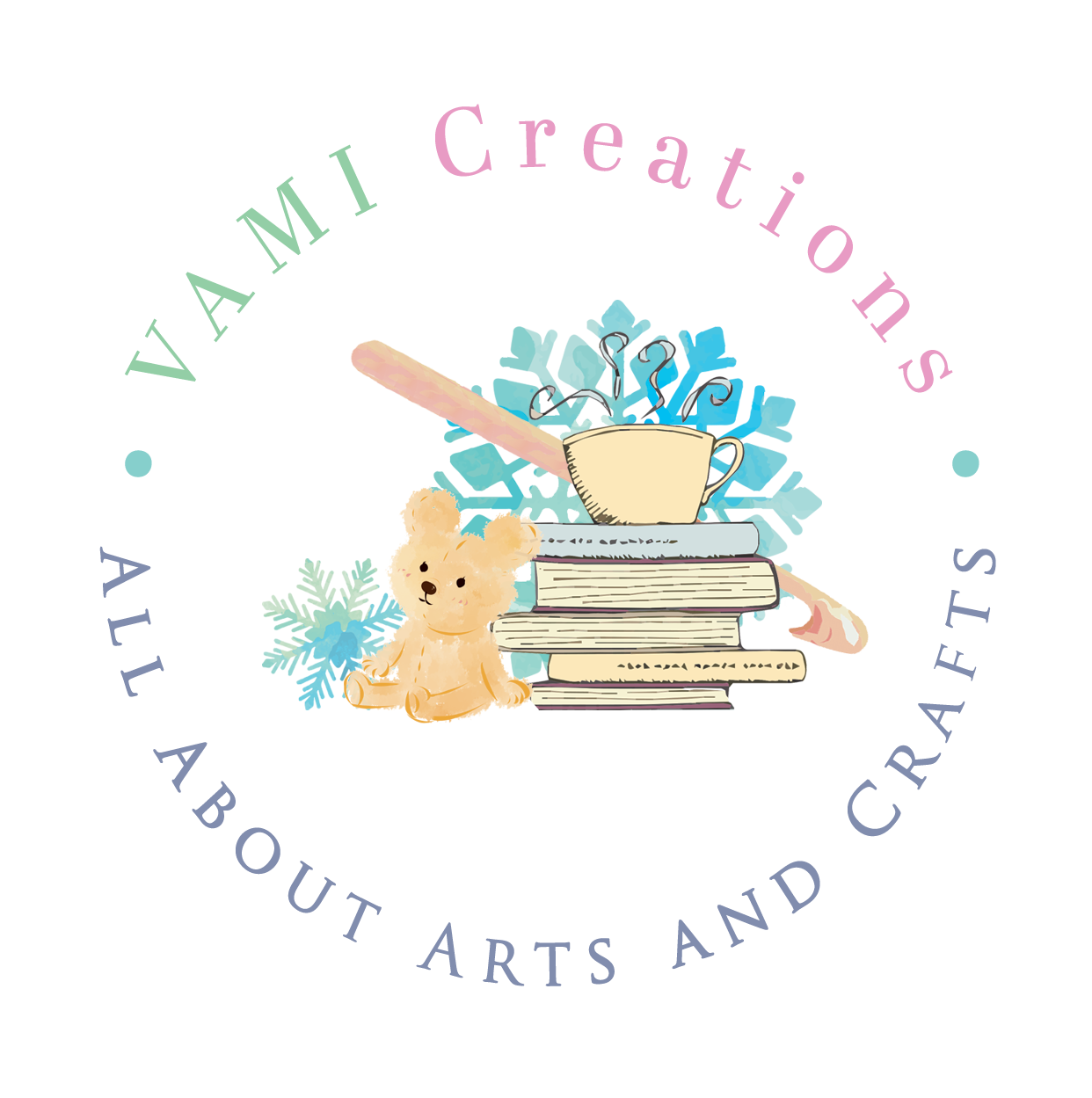
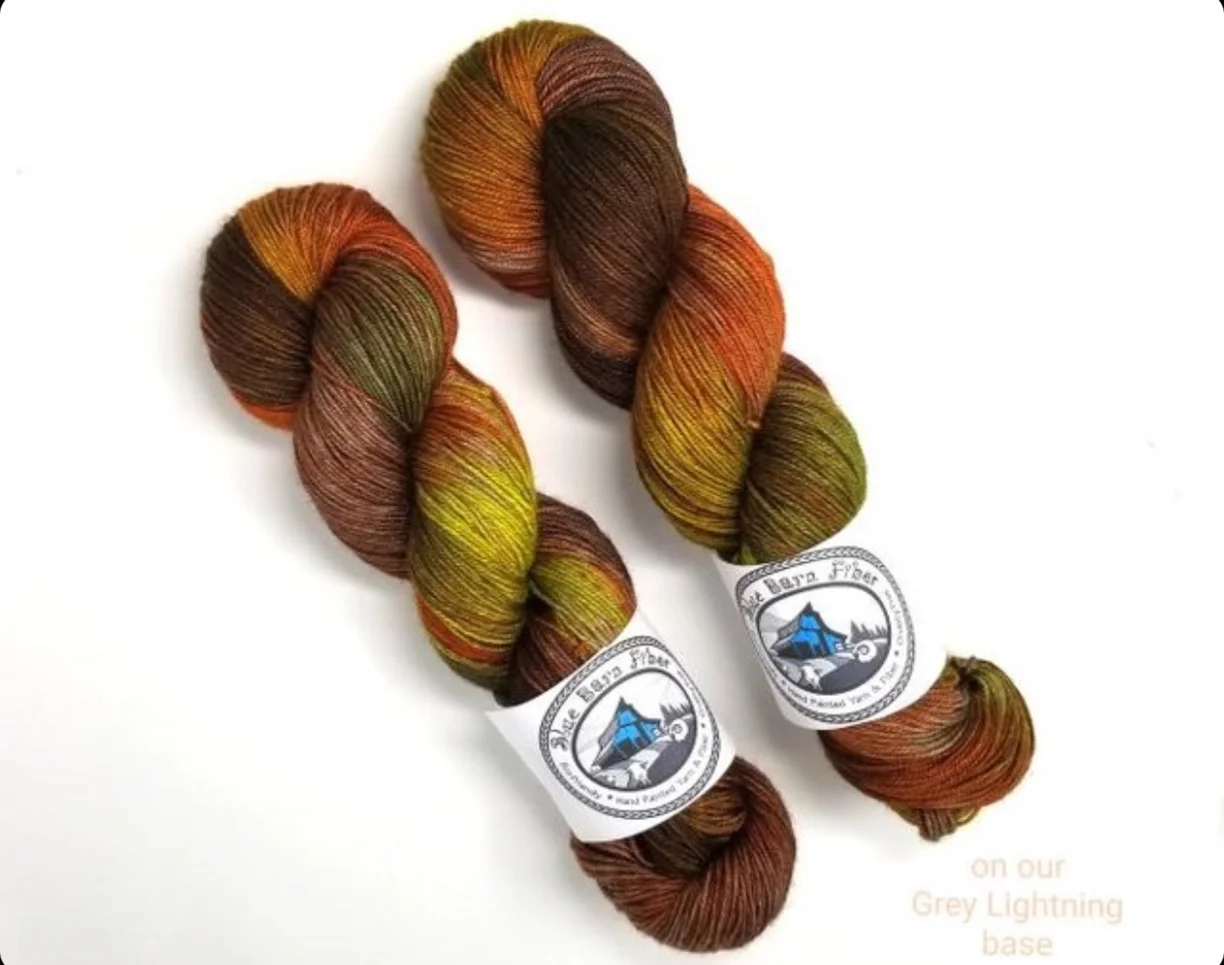





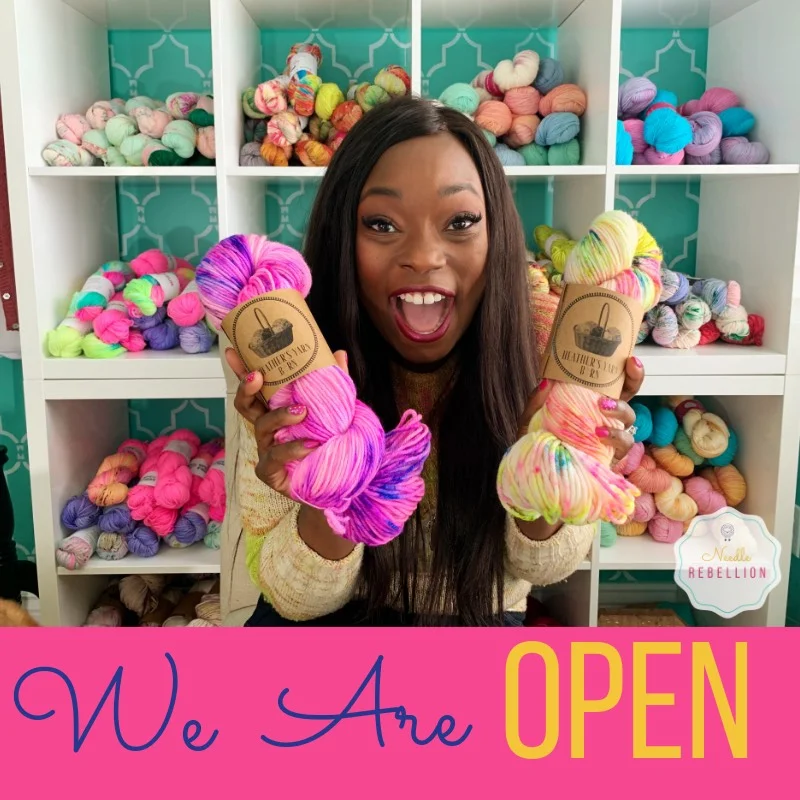
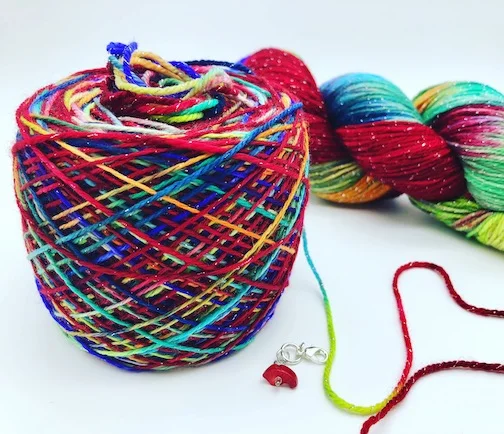
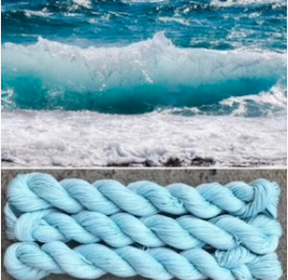

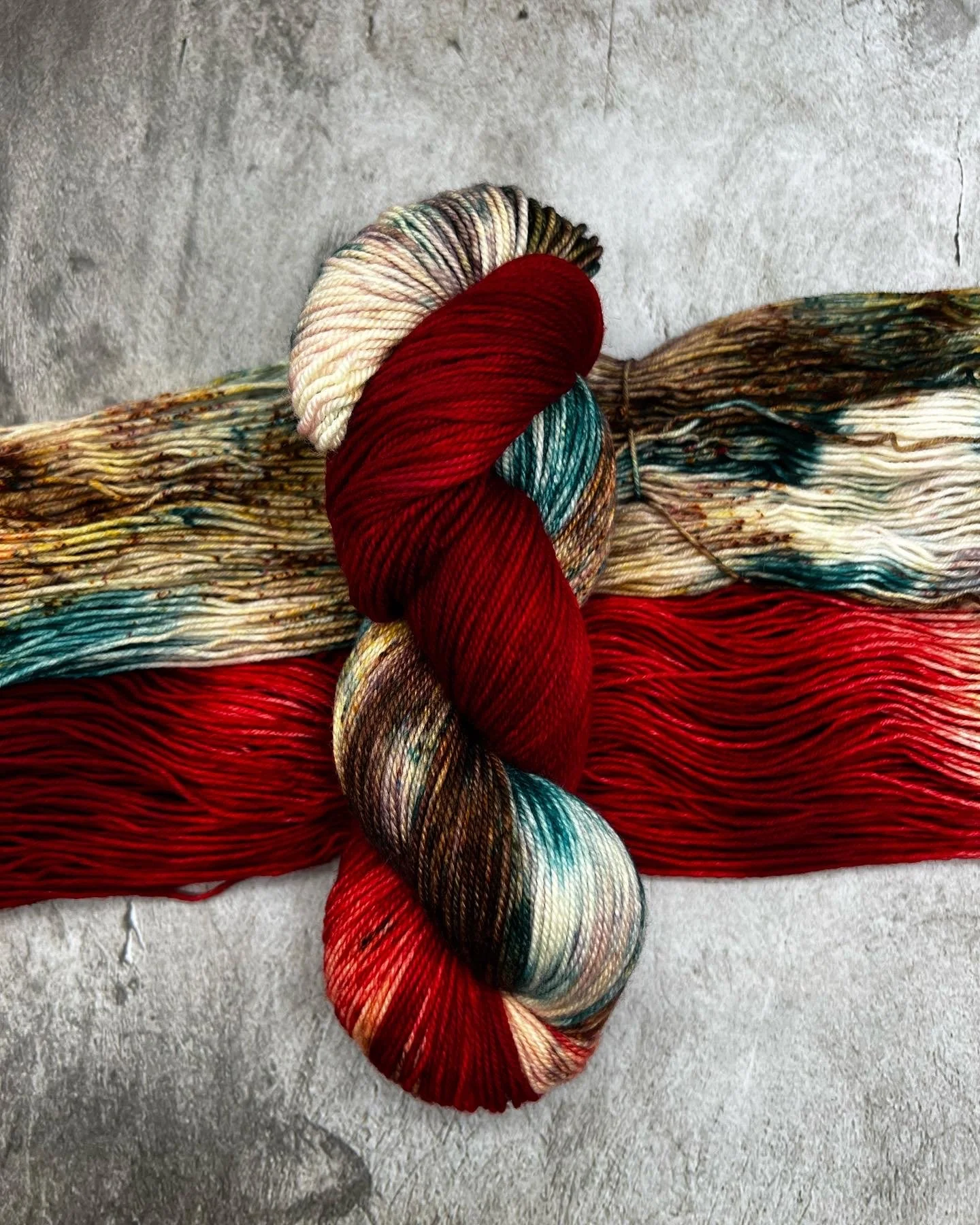



Have you ever been inspired by someone and wanted to follow them and see all that they design and make? For new yarn dyers, those wanting to learn about yarn dyeing, crocheters and knitters, there are sooooo many fellow makers that can inspire you and help you along your journey. Jen is amazing and highlights a lot of whom has encouraged and helped her along her journey and she has also created some gorgeous patterns and handmade yarns!!!